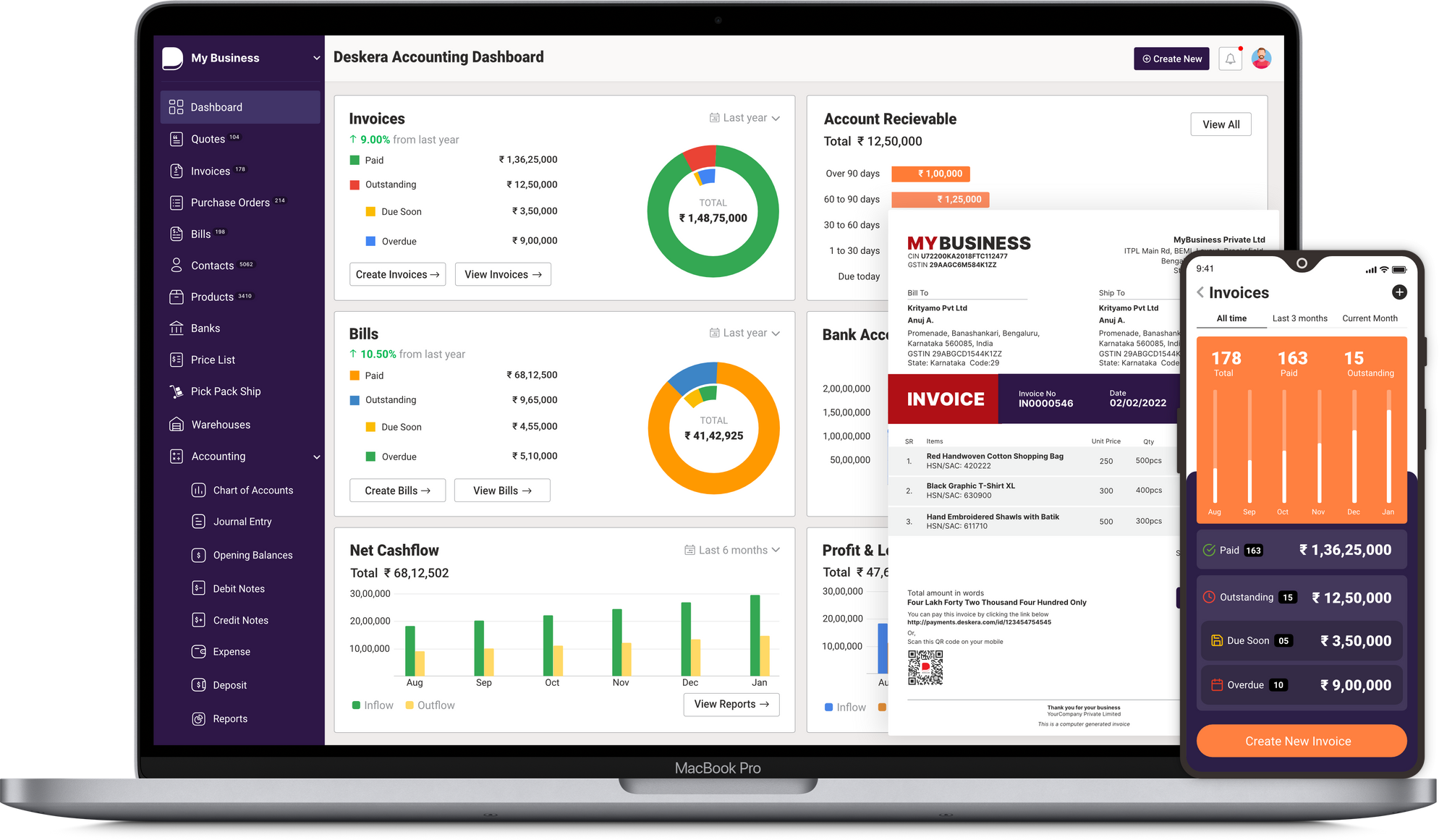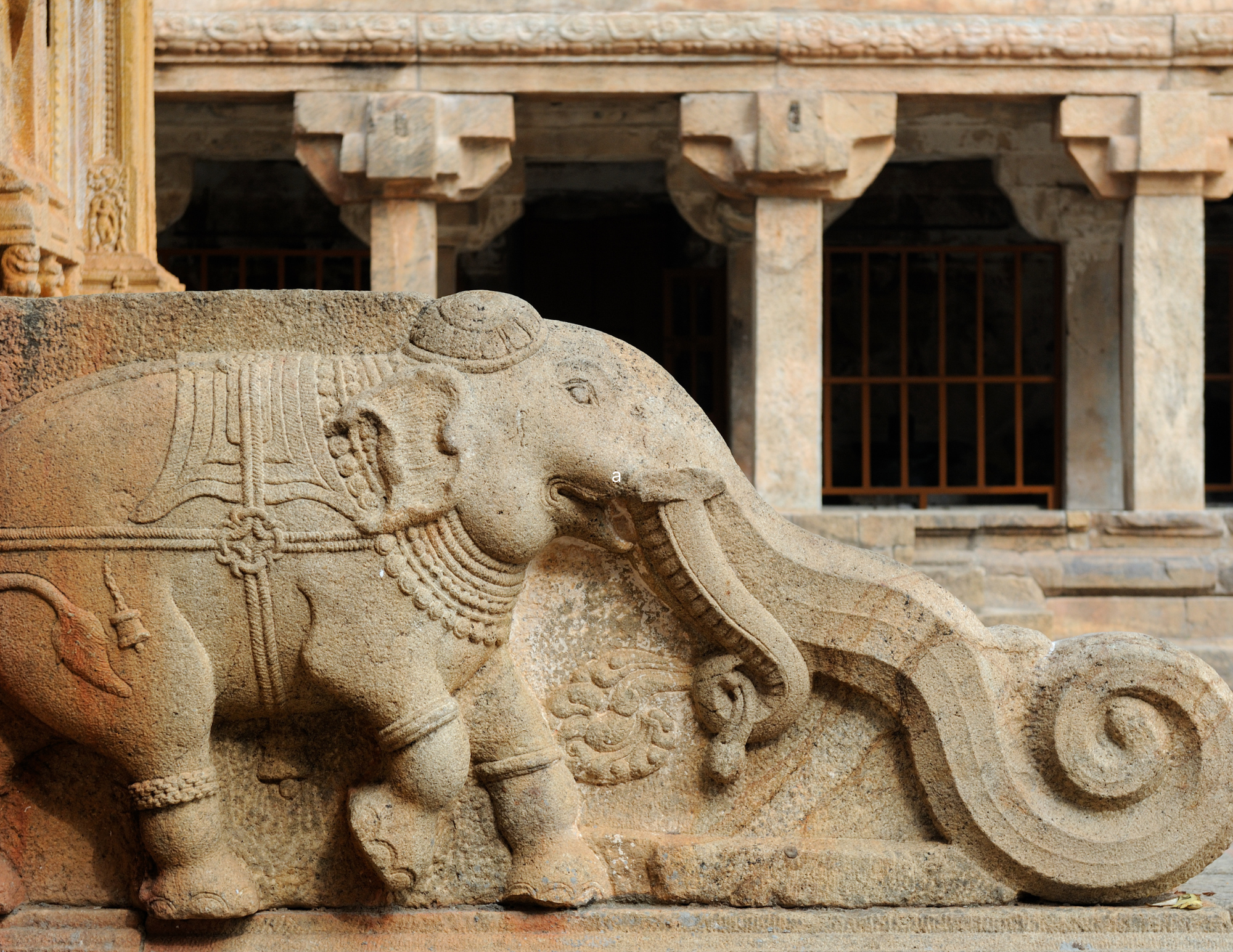Goa Form 37 is a form used for registering the transfer of ownership of a motor vehicle in the state of Goa. It is used when the transfer of ownership is taking place between two individuals and not when purchasing from a dealer.
This form is issued by the Regional Transport Office (RTO) in Goa. It is to be completed by both the buyer and the seller of the vehicle and submitted to the RTO.
The form includes the details of the vehicle, the buyer, and the seller and also requires the signature of both parties. It also requires the payment of a transfer fee. Once submitted, the RTO will issue a new registration certificate and transfer the ownership to the new owner.
This article covers the following:
- What is Goa Form 37?
- What is the Purpose of Goa Form 37?
- Who is Required to Complete Goa Form 37?
- What is the Relevance of Goa Form 37?
- What is the Time Frame for Completing Goa Form 37?
- What are the Relevant Sections of Goa Form 37?
- What are the Different Categories of Accidents and Dangerous Occurrences?
- How Can Goa Form 37 Help Prevent Accidents and Dangerous Occurrences?
- What is the Role of the Employer in Completing Goa Form 37?
- What are the Responsibilities of the Employer in Completing Goa Form 37?
What is Goa Form 37?
Goa Form 37 is a report that must be filled out whenever an accident or dangerous occurrence happens in a workplace in the Indian state of Goa. It is a legal document that must be completed within 24 hours of the incident by the employer or persons in control of the workplace.
The form includes details of the incident, time, date, place, persons involved, and the cause of the accident or dangerous occurrence. It also requires a description of any action taken to prevent a recurrence of the incident. The completed form must be sent to the Labour Commissioner of the state.
What is the Purpose of Goa Form 37?
The purpose of Goa Form 37 is to document all accidents and dangerous occurrences in the workplace, as per the requirements of the Factories Act, 1948, and the rules made thereunder.
The form is used to record and report details of any accidents that occur in the workplace, including the cause of the accident, the nature of the accident, any injuries or fatalities, and any preventive measures taken or recommended.
This information can then be used to identify and analyze the causes of accidents and to develop strategies to reduce or eliminate the risks of similar accidents in the future.
Who is Required to Complete Goa Form 37?
Goa Form 37 is a legal document that must be completed by any employer, contractor, or self-employed person in the state of Goa who is involved in an accident or dangerous occurrence in the workplace.
The form must be completed within 24 hours of the incident and submitted to the Labour Commissioner, Directorate of Labour, and the appropriate Inspector of Factories.
The purpose of this form is to document the incident, provide information about the circumstances leading up to it, and allow the authorities to take necessary action to prevent similar incidents from occurring in the future.
Under the Factories Act 1948, any injuries or fatalities caused to a worker in the workplace must be registered with the Labour Commissioner, Directorate of Labour, and the appropriate Inspector of Factories.
Goa Form 37 is the document used for this purpose. The form includes sections for the name of the employer, contractor, or self-employed person, the date and time of the incident, the name and address of the workplace, and a detailed description of the incident and its causes.
Goa Form 37 must be completed accurately and completely in order to ensure that the Labour Commissioner, Directorate of Labour, and the Inspector of Factories can take appropriate action in the wake of the incident.
Failing to complete the form correctly or failing to submit the form in a timely manner can result in serious consequences, including penalties and fines. Goa Form 37 is an important document for employers, contractors, and self-employed persons in the state of Goa.
It is essential that they understand their responsibilities and take the necessary steps to complete and submit the form in a timely manner. Doing so will help ensure the safety of their workers and the continuity of their businesses.
What is the Relevance of Goa Form 37?
Goa Form 37 is a document used to record and report accidents and dangerous occurrences that occur in the workplace. It is used to inform the authorities of any incidents that involve serious injury, death, or near misses that could have resulted in serious injury or death.
The information collected in the form helps to identify potential risks and hazards in the workplace and to improve safety standards. Accurate and timely reporting of such information is essential for the prevention of future accidents and dangerous occurrences.
By recording and monitoring these incidents, employers can ensure that their employees are protected against potential harm. Goa Form 37 also provides employers with an opportunity to assess safety performance and take corrective action to improve safety standards.
What is the Time Frame for Completing the Form?
The Goa Form 37 must be completed within 24 hours of the accident or dangerous occurrence. All information must be reported in detail and submitted to the relevant authority according to the provisions of the Factories Act, of 1948. The form should be kept on record for a period of five years.
What are the Different Categories of Accidents and Dangerous Occurrences?
1. Collapse, overturning, failure, or malfunction of plant or machinery
2. Explosion, ignition, or fire not caused by explosive or flammable substances
3. Explosion or ignition of explosive or flammable substances
4. Accidents involving lifting equipment
5. Accidents involving conveyors, mobile plants, or machinery
6. Accidents involving contact with, or exposure to, hazardous substances
7. Accidents involving electricity
8. Accidents involving pressure systems
9. Accidents involving manual handling
10. Accidents involving vehicles
11. Accidents involving falls of persons or objects
12. Accidents involving hand tools
13. Accidents involving contact with moving parts of machinery
14. Accidents involving the collapse of scaffolding or other structures
15. Accidents involving contact with sharp objects
16. Accidents involving contact with moving parts of vehicles
17. Accidents involving contact with hot surfaces
18. Accidents involving contact with electricity
19. Accidents involving contact with live animals
20. Accidents involving contact with hot liquids
21. Accidents involving contact with dangerous parts of buildings
22. Accidents involving contact with dangerous parts of a plant
23. Accidents involving contact with dangerous parts of machinery
24. Accidents involving contact with dangerous parts of vehicles
25. Accidents involving contact with dangerous parts of tools
26. Accidents involving contact with dangerous parts of implements
27. Accidents involving contact with dangerous parts of equipment
28. Accidents involving contact with dangerous parts of plant or machinery
29. Accidents involving contact with dangerous parts of tools or implements
30. Accidents involving contact with dangerous parts of structures
31. Accidents involving contact with dangerous parts of buildings
32. Accidents involving contact with dangerous parts of places of work
33. Accidents involving contact with dangerous parts of installations
34. Accidents resulting from contact with or exposure to hazardous substances
35. Accidents involving contact with or exposure to dangerous radiation
36. Accidents involving contact with or exposure to dangerous electricity
37. Accidents involving contact with or exposure to dangerous heat
How Can Goa Form 37 Help Prevent Accidents and Dangerous Occurrences?
Goa Form 37 is a register of accidents and dangerous occurrences created by the Directorate of Industrial Safety and Health to monitor and prevent workplace injuries, illnesses, and fatalities.
It is mandatory for all companies in India to maintain this register and report any accidents or dangerous occurrences that may occur in their workplace. The Goa Form 37 register is a vital tool for employers to use in order to ensure that their workplace is safe and secure for their employees.
It allows employers to track any accidents or dangerous occurrences that have occurred in the workplace, allowing them to take necessary action to prevent similar incidents from occurring in the future. It also allows employers to identify potential safety hazards in the workplace and take appropriate steps to mitigate them.
The Goa Form 37 register also provides employers with a detailed record of any accidents or dangerous occurrences that have occurred in the workplace, allowing them to take steps to improve safety measures and reduce the risk of similar incidents occurring in the future.
This can be achieved through a range of measures, including improved training and safety procedures, improved equipment and tools, and better supervision and oversight.
By maintaining a Goa Form 37 register, employers can help ensure the safety of their employees and prevent accidents or dangerous occurrences from occurring in the workplace. This register serves as a reminder to employers of the importance of safety and can be used to ensure that safety is taken seriously in the workplace.
What is the Role of the Employer in Completing Goa Form 37?
The Goa Form, 37 register of accidents and dangerous occurrences, is a document used to record any accidents or dangerous occurrences that have happened in the workplace. It is required to be completed and updated by the employer in order to comply with the law and ensure that the workplace is safe for employees.
When completing the form, employers should ensure that it is completed accurately and in full. All incidents and occurrences should be documented, including the date, time, description of the incident, name of the employee, and any witnesses, as well as any necessary safety measures that were taken.
In addition, employers should also document the measures that have been taken to prevent further accidents or occurrences in the future. The Goa Form 37 register is an important document for employers and employees alike, as it provides a record of any incidents that have taken place in the workplace.
This record will then be used to inform any future safety measures that may need to be taken, as well as provide evidence should any legal action be taken against the employer.
Ultimately, employers are responsible for completing and updating the Goa Form 37 register of accidents and dangerous occurrences in order to ensure safety in the workplace and comply with the law.
What are the Responsibilities of the Employer in Completing Goa Form 37?
Responsibility #1: Report Accidents and Dangerous Occurrences
The employer is responsible for reporting any accidents and dangerous occurrences in the workplace to the relevant authorities as soon as possible. According to the Goa Factories Act, any accident causing death or injury to an employee or any serious hazard or dangerous occurrence must be reported to the Inspector of Factories within 24 hours of the incident. This can be done by completing the Goa Form 37 and submitting it to the Inspector of Factories.
Responsibility #2: Record Accidents and Dangerous Occurrences
The employer is responsible for keeping a record of all accidents and dangerous occurrences, including those reported to the relevant authorities. This can be done by completing the Goa Form 37 and filing it in the employer’s records.
Responsibility #3: Provide Necessary Information
The employer is responsible for providing the necessary information on Goa Form 37, such as the name of the employee, the date, time, and place of the incident, the type of accident or dangerous occurrence, and the names of any witnesses.
Responsibility #4: Follow-Up
The employer is responsible for following up on any accidents and dangerous occurrences in the workplace to ensure that the necessary safety measures are taken to prevent similar incidents from happening in the future. This can be done by conducting investigations into the causes of the incident and taking the necessary corrective action.
How Can Deskera Assist You?
Deskera MRP allows you to closely monitor the manufacturing process. From the bill of materials to the production planning features, the solution helps you stay on top of your game and keep your company's competitive edge.

Deskera ERP and MRP system can help you:
- Manage production plans
- Maintain Bill of Materials
- Generate detailed reports
- Create a custom dashboard
Deskera ERP is a comprehensive system that allows you to maintain inventory, manage suppliers, and track supply chain activity in real-time, as well as streamline a variety of other corporate operations.
Deskera Books enables you to manage your accounts and finances more effectively. Maintain sound accounting practices by automating accounting operations such as billing, invoicing, and payment processing.
Deskera CRM is a strong solution that manages your sales and assists you in closing agreements quickly. It not only allows you to do critical duties such as lead generation via email, but it also provides you with a comprehensive view of your sales funnel.
Deskera People is a simple tool for taking control of your human resource management functions. The technology not only speeds up payroll processing but also allows you to manage all other activities, such as overtime, benefits, bonuses, training programs, and much more. This is your chance to grow your business, increase earnings, and improve the efficiency of the entire production process.
Related Articles:











